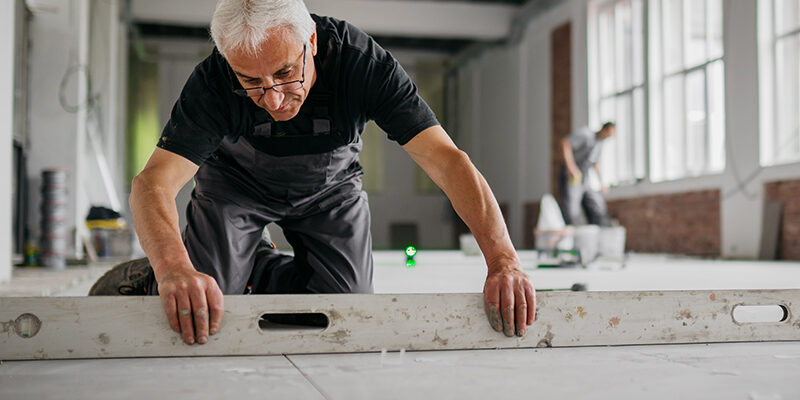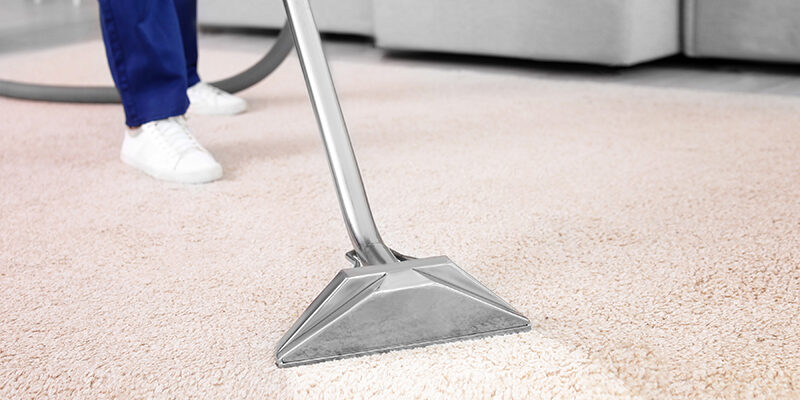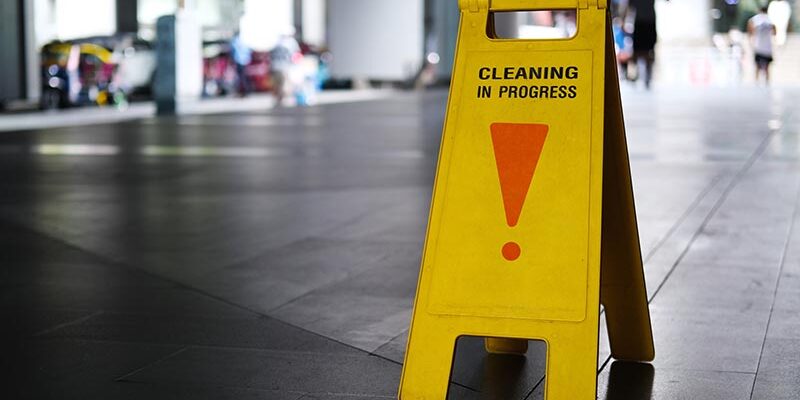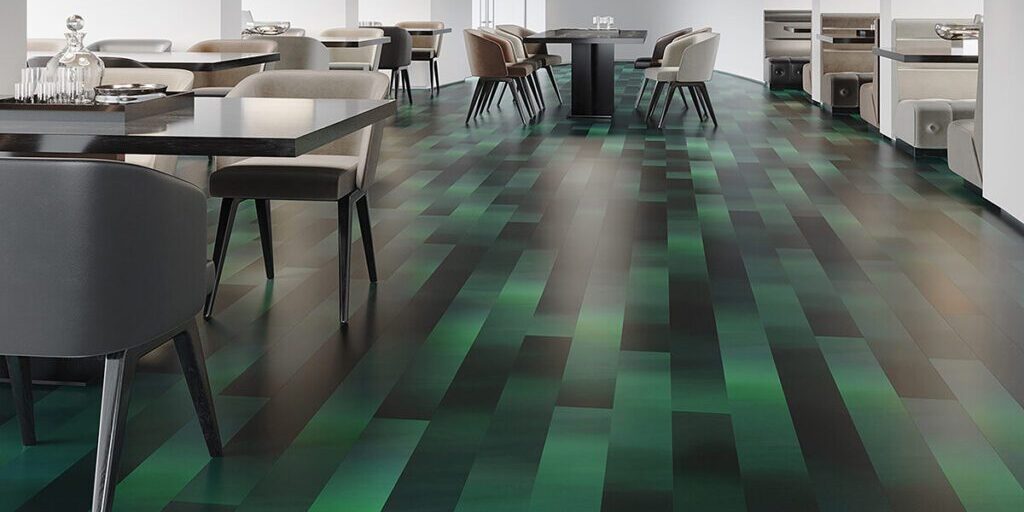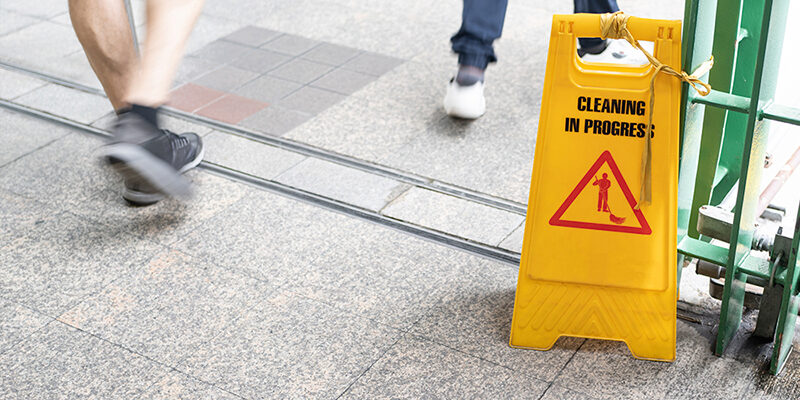A Quick Guide to Hard Floor Categories
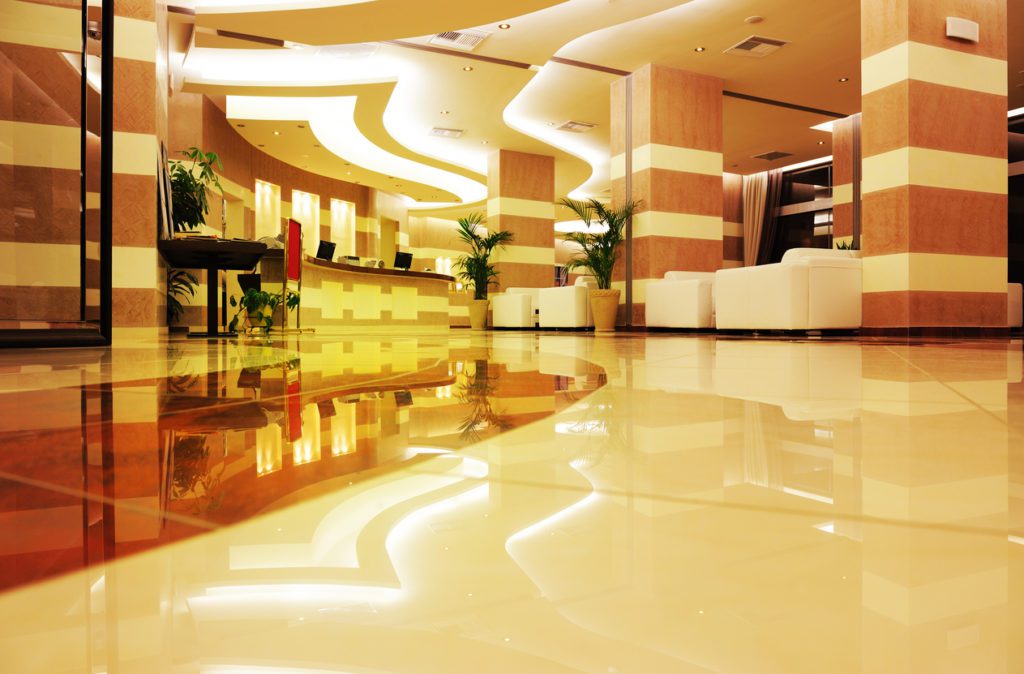
By Stan Hulin
Opportunities abound in the flooring industry. Remember, if you’re in a building, you’re on a floor. The only differentiating factor is what kind of floor you are on. Essentially there are six basic categories of hard flooring materials: Resilient, ceramic/clay, wood, stone, concrete, and specialty.
These categories each have basic properties and characteristics that group them together, but subtle differences in each flooring material also will subdivide them into classifications, and in some cases, sub classifications.
For example, a hard flooring type in the resilient category can be broken down as follows: Resilient (category) > vinyl (classification) > solid vinyl tile and vinyl composition tile (sub classifications). Understanding these categories, classifications, and sub classifications may help to cultivate a career path in hard floor maintenance.
With some exceptions, most technicians don’t plan for a career in floor maintenance; it just happens over time. Many times, the technician is forced to learn about hard flooring materials due to being exposed to a floor for an account. Although there is no “one size fits all” approach for performing floor maintenance, there are some challenges and opportunities that can be expressed by category.
For the most part, daily and routine maintenance is relatively the same for most surfaces: Entry system, dry service procedures, and various wet service procedures. Categories come into play during the periodic and restorative maintenance service procedures. Providing these services may require investment in different chemicals, equipment, tools, and materials as well as gaining the knowledge to use them.
Stone flooring
The stone flooring category includes, but is not limited to, common stones such as granite, marble, limestone, travertine, slate, quartzite, serpentine, and sandstone. It also contains the classification of agglomerates and terrazzo. Technically you could also include cobbles and other rock surfaces. Stone flooring is considered an elite material, which is why there is a significant profession associated with stone flooring.
Periodic maintenance for stone floors generally refers to gloss maintenance, which may include crystallization, various forms of powder polishing, diamond pads, and in some cases polymeric film to protect the surface. Restorative maintenance incorporates the use of diamond discs to grind, hone, and polish the stone floor. The challenges are identification, cost of equipment, and the time it takes to learn all the nuances of the category. The prime opportunity in this category is the higher maintenance rates that are charged.
Concrete flooring
Concrete flooring has gone through a dramatic transformation over the last couple of decades. These floors were once dominated by coatings alone but now include highly decorative concrete with coatings or polishes on the surface. Diamond concrete polishing, which has become extremely popular in the last fifteen years, has made an impact from garages to big box stores. Many buildings are eliminating finish flooring altogether and switching to polished concrete.
Each of these different methodologies require extensive learning and specialty equipment to perform the service but yield a higher price range as a return on investment. Many that pursue this category specialize exclusively in concrete and do not venture into other categories.
Wood flooring
Wood, like stone, is a natural material, and because of that, there are many different species that a technician must learn. Due to many factors, solid wood flooring is giving way to commercially engineered wood flooring. Additionally, wood-like hard flooring such as bamboo and laminate flooring have been put into this category. Traditional sanding and coating of solid wood flooring has shifted to factory-applied coatings, which has eliminated a lot of field work.
Maintenance for these hard flooring materials is minimal; however, the daily/routine maintenance becomes important. Because the floors are installed without the traditional coating over the surface, they have the potential for water penetration between the planks, causing issues below the surface. Additionally, textured surfaces and beveled edges create areas for soil collection. Understanding how to address these situations creates opportunities for potential financial gain.
Ceramic flooring
Ceramic flooring is all about the grout. The grout sits lower than the tile, and since water seeks the path of least resistance, it deposits soil to the lowest point. Because of this, ceramic maintenance and restoration is a great opportunity to really improve the appearance of the floor. Performing these services is extremely detail oriented but commands a higher return on investment.
Resilient flooring
The resilient category, which is very dynamic, includes vinyl products, rubber, linoleum, cork, and poured seamless flooring. Resilient classifications have expanded in recent years, and each has varying methodologies for maintaining it.
In many cases, the traditional acrylic polymer floor polishes are giving way to factory-applied polyurethane coatings, which provide a more durable surface that resists abrasion and reduces maintenance. That does not mean they eliminate maintenance; it just means daily/routine and periodic services are to be performed more frequently to ensure longevity.
Specialty hard flooring
As the name implies, this is the miscellaneous category that captures all those floors that don’t fit into other categories. They are floors that are made of special materials (i.e., glass, metal, leather, etc.) or that require special maintenance (for example, ESD dissipative and conductive flooring). These types of might not be difficult to maintain, but they might require special education, chemicals, equipment, tools, or materials.
This is just a brief overview of the categories that play an important role in hard floor maintenance. Exploring the possibilities in each category may help to determine the direction you want to pursue as your career objective.
Stan Hulin has over four decades of hard floor maintenance, services, training, education, sales and marketing, and management experience with companies such as ABM, DuPont, and milliCare. He is president and CEO of Future Floor Technology Inc. and the League of Hard Flooring Professionals. He can be reached at sqhulin@futurefloortech.com.


